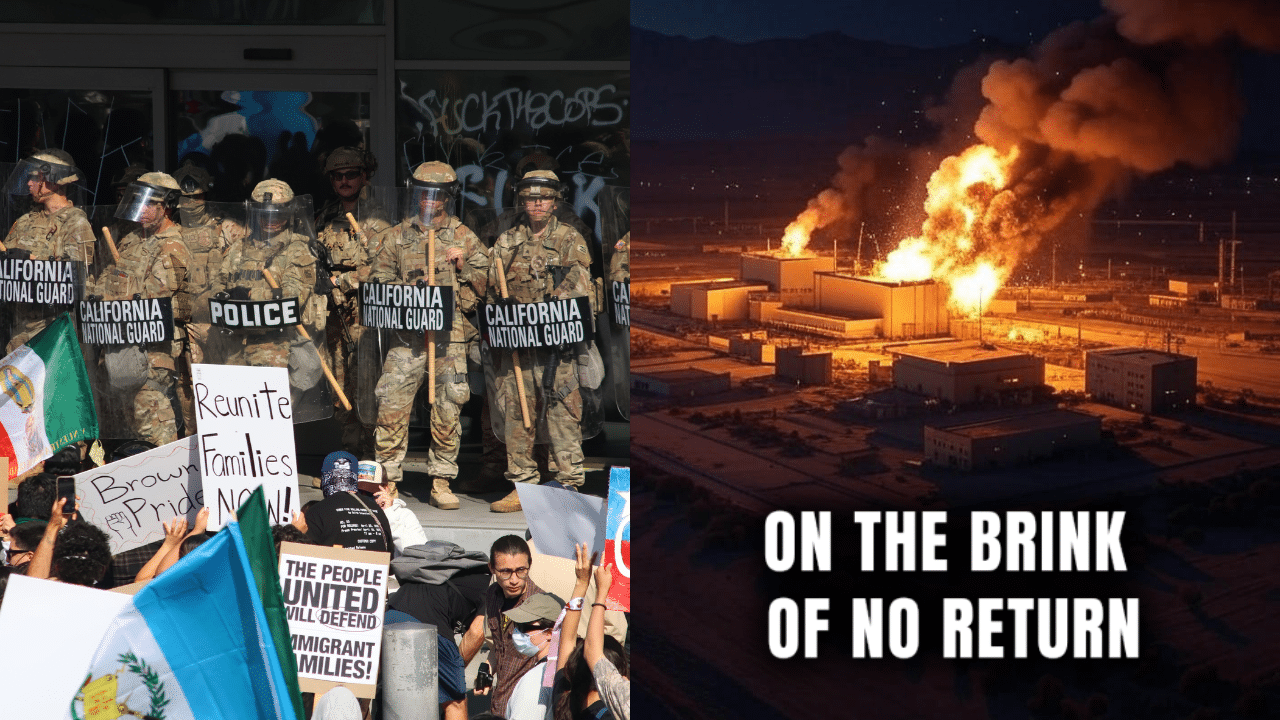(OPINION) Jessica Bradshaw found out that her 15-year-old identified as transgender at school after she glimpsed a homework assignment with an unfamiliar name scrawled at the top. When she asked about the name, the teenager acknowledged that, at his request, teachers and administrators at his high school in Southern California had for six months been letting him use the boy’s bathroom and calling him by male pronouns.
Mrs. Bradshaw was confused: Didn’t the school need her permission, or at least need to tell her? It did not, a counselor later explained, because the student did not want his parents to know. District and state policies instructed the school to respect his wishes.
“There was never any word from anyone to let us know that on paper, and in the classroom, our daughter was our son,” Mrs. Bradshaw said. The Bradshaws have been startled to find themselves at odds with the school over their right to know about, and weigh in on, such a major development in their child’s life — a dispute that illustrates how school districts, which have long been a battleground in cultural conflicts over gender and sexuality, are now facing wrenching new tensions over how to accommodate transgender children.
The Bradshaws accepted their teenager’s new gender identity, but not without trepidation, especially after he asked for hormones and surgery to remove his breasts. Doctors had previously diagnosed him as being on the autism spectrum, as well as with attention deficit hyperactivity disorder, PTSD and anxiety. He had struggled with loneliness during the pandemic, and, to his parents, seemed not to know exactly who he was yet, because he had repeatedly changed his name and sexual orientation.
Given those complexities, Mrs. Bradshaw said she resented the fact that the school had made her feel like a bad parent for wondering whether educators had put her teenager, a minor, on a path the school wasn’t qualified to oversee. “It felt like a parenting stab in the back from the school system,” she said. “It should have been a decision we made as a family.”
The student, now 16, told The New York Times that his school had provided him with a space to be himself that he otherwise lacked. He had tried to come out to his parents before, he said, but they didn’t take it seriously, which is why he asked his school for support.
“I wish schools didn’t have to hide it from parents or do it without parental permission, but it can be important,” he said. “Schools are just trying to do what’s best to keep students safe and comfortable. When you’re trans, you feel like you are in danger all the time. Even though my parents were accepting, I was still scared, and that’s why the school didn’t tell them.”
Although the number of young people who identify as transgender in the United States remains small, it has nearly doubled in recent years, and schools have come under pressure to address the needs of those young people amid a polarized political environment where both sides warn that one wrong step could result in irreparable harm. (SOURCE)










